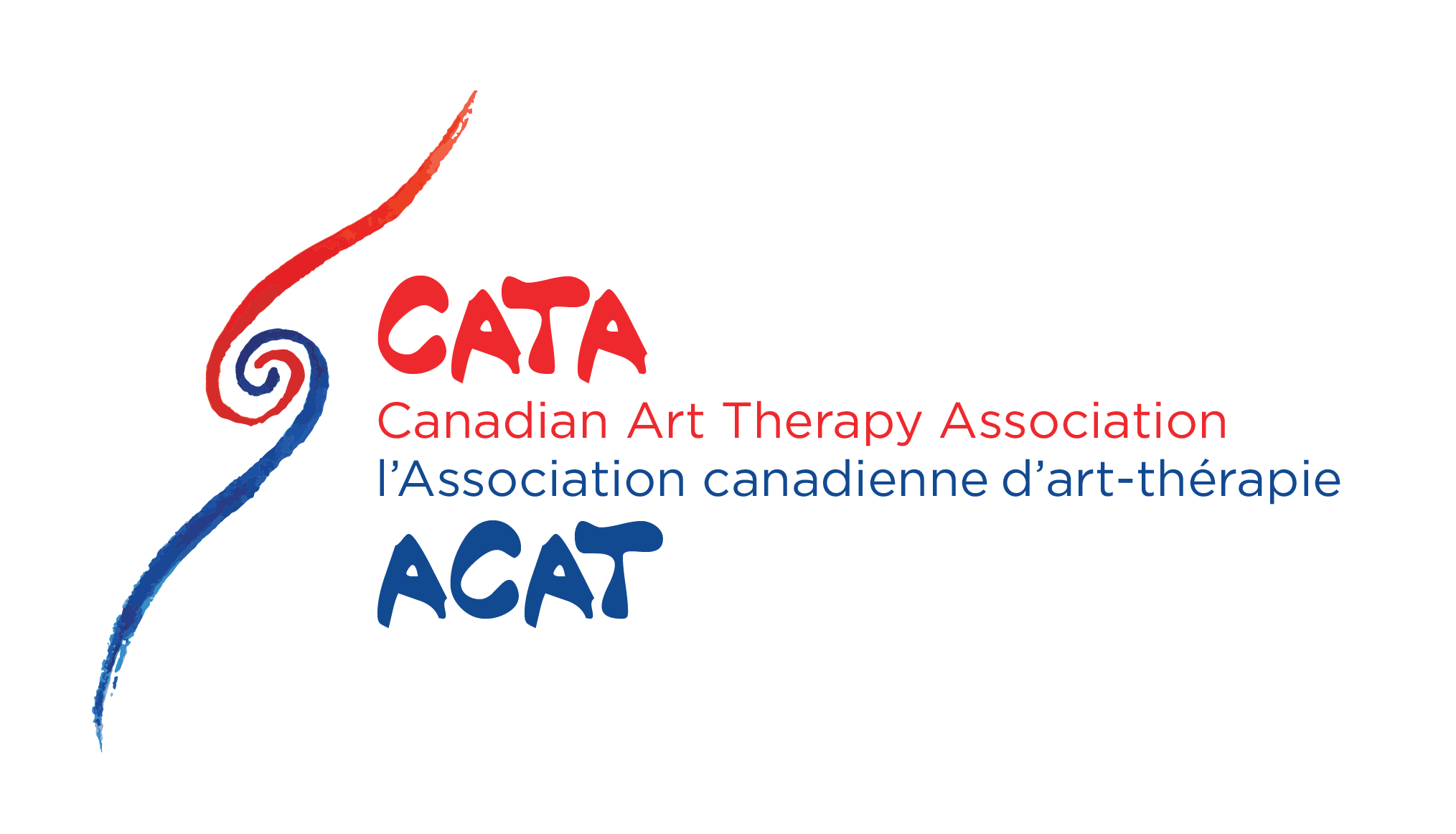Ways of Seeing
Patricia MacAulay, BA, BEd, MA, RCAT
New Glasgow, PEI
Patricia MacAulay worked as an art therapist in the Western Arctic for many years, focused on supporting the school-age descendants of residential school survivors. As she developed her practice, she followed emerging trauma research. Recognizing that all adults have a role in helping children develop a sense of safety, she seeks to support non-therapists who care for and work with children experiencing unresolved trauma. Patricia now lives in her home province of Prince Edward Island where she offers virtual consultation and workshops.
I have spent the past two decades being curious about what children are trying to share with the world. As an art therapist, I welcomed children into a private, safe space and invited them to talk, play, move, and create. What a privilege to get a glimpse of their hearts, minds, and souls!
That part was easy. I struggled, however, to help others see the child the way that I did and respond appropriately. When I retired from that role, I set about trying to help bridge the gap between what children are signaling and what we adults are perceiving.
I noticed that the adults surrounding a child with unresolved trauma may seek to distance themselves from the relationship, likely believing that the child's needs are so complex that they cannot offer anything helpful when, in fact, they can make a tremendous contribution to the child’s wellbeing.
Repeatedly, I saw that a change in perspective on an adults’ part altered the way that they interacted with a child, thus increasing the child’s sense of safety. I also saw changes in the adult as they developed greater confidence in their ability to relate to children and deeper compassion for themselves and others. I was reminded of the work of John Berger, an English art critic, novelist, painter, and poet. In ‘’Ways of Seeing,’’ he wrote about encounters with art objects like paintings and photographs, but his insight that seeing is an active, dynamic, and reciprocal process feels even more accurate when we consider how we view others, especially vulnerable children. Taking the time to see someone implies a relationship, and it is this relationship that will bring ourselves and others to life.
Aware of the realities of adult life, I moved beyond the philosophical into the pragmatic, recognizing that adults lead busy lives and tend to respond more readily to succinct, targeted advice and guidance.
Inspired by all that I had witnessed and learned, I developed a website that contains background information, observational tools, and suggested strategies to help the non-therapist explore three key areas: 1) attachment style, 2) safety strategies, and 3) social / emotional developmental stage. The website takes trauma theory and translates it into practical actions that are within the grasp of most adults, offering a way to conceptualize the needs of children with unresolved trauma and build the required supports. The emphasis is on changing the relationship, not changing the child.
The website is what I always wanted to have on hand to support my advocacy for children but was too busy to create at the time. I have tested it out, mostly with educators, and the response has been positive. I offer it to my fellow therapists with the hope that you will find it useful in your work: www.threequestions.ca
I am available for virtual consultation, workshops, and supervision related to the needs of school-age children.


